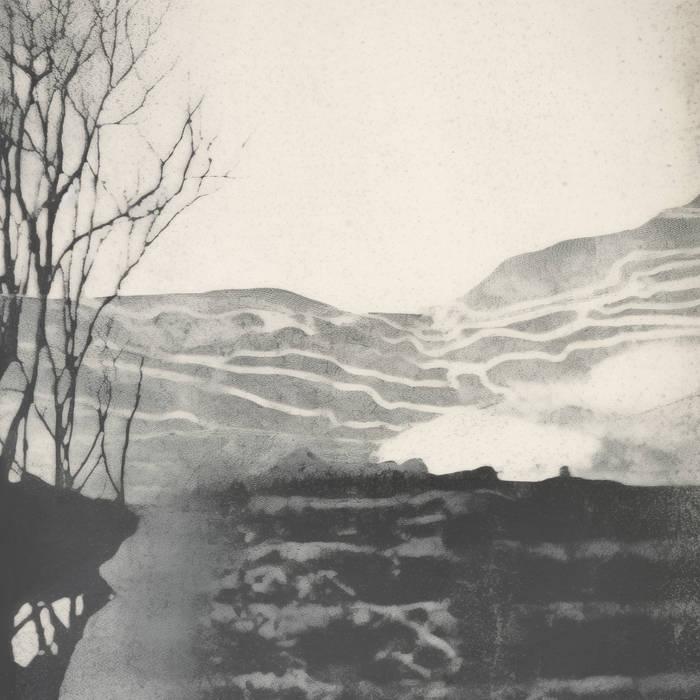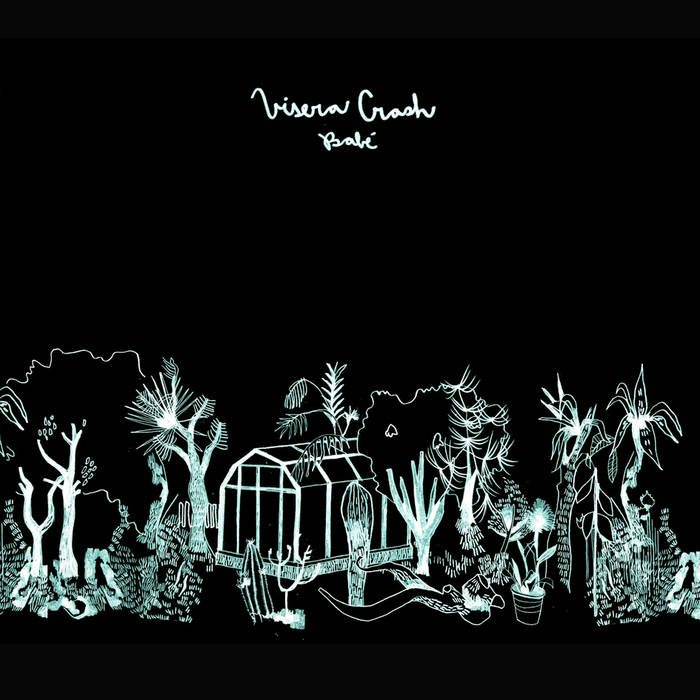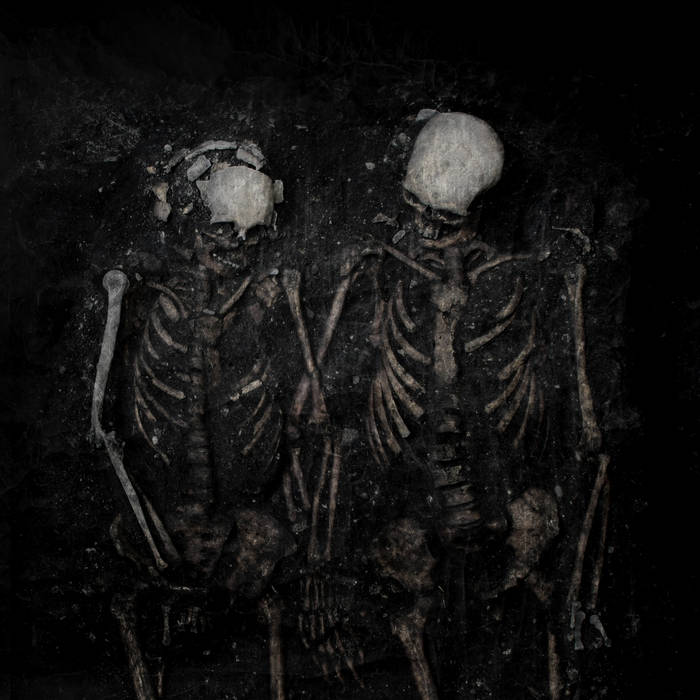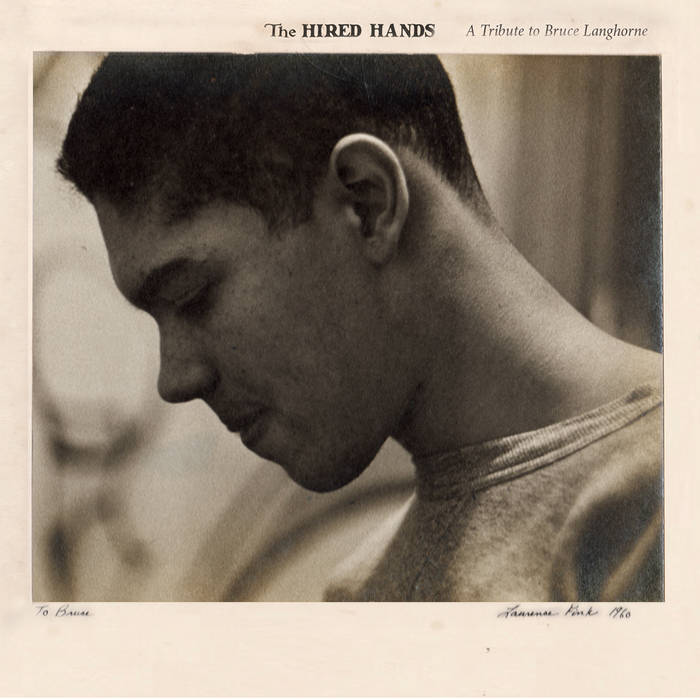mastroKristo is a band out of Greece whom I was able to glean little information about, but considering they are being released by Lost Tribe Sound, I expected this to be good. I was not disappointed at all. The acoustic guitar is achingly sparse, with a hint of neofolk without Continue Reading
Acoustic
Paniyolo + Akio Watanabe – 家並み – Yanami
From the release’s Bandcamp site: “A guitarist Paniyolo and a steelpan player Akio Watanabe are releasing a duo album “Yanami (The row of houses)”. Based on the 11 sketches, they have painted a space kept in tranquil atmosphere with a guitar and a steelpan, each sketch has a glimpse of Continue Reading
George Christian – Nothingness, ou... O Vento
Our friend George Christian has produced an album that is an icy minimal masterpiece. The pieces, especially Track 1, O Vento, is perfectly named. I literally felt a chill hearing the tune, replete with faraway vocals and a windy atmosphere, befitting the song’s title. From his Bandcamp site: “Thanks to Continue Reading
Visera Crash – Babé
Some time in 2017 or so, perhaps earlier, I stumbled onto Bandcamp thanks to some friends sending me links. I thought I’d do some exploring, and one of the first bands I came across was one from Argentina, a classical string quintet from Buenos Aires called Visera Crash. The music Continue Reading
The Phonometrician – Cóiste Bodhar
The Phonometrician is fellow Los Angeleno Carlos Morales, and he produces a music that sounds like a post-Industrial Coil supplemented by a very sparse acoustic guitar. It works quite well, and adds to the already immensely wonderful Lost Tribe Sound catalog.
Thanatos – Christmas Moments
If you’re going to spend the winter holidays listening to Gothic Christmas music, you could do much worse than hearing Thanatos doings warm and rather respectable Christmas tunes. May you, my friends who are either Orthodox, Catholic or those who participate in one way or another in Advent, enjoy a Continue Reading
Steve Kilbey – Of Skins and Heart (Acoustic Sessions Vol.1)
I don’t think Steve Kilbey of The Church needs much of an introduction, but it’s been awhile since I’ve heart what he’s been up to. This album shows him playing an acoustic set based on The Church’s second-finest album, and the recordings are of sparse, but warm and stunning quality. Continue Reading
Various Artists – The Hired Hands: A Tribute to Bruce Langhorne
We will be celebrating Memorial Day with my family today, and in honor of the holiday, we offer up this compilation dedicated to American guitarist Bruce Langhorne, who influenced so many indie musicians that it’s a wonder so few outside of this select club have heard of him. Byron Coley, Continue Reading
Emel – The Tunis Diaries
NPR does a great disservice comparing Tunisian singer Emel’s voice to Björk. There’s absolutely no comparison, and I say this as someone who likes Björk’s work a lot. Emel is simply a better singer. Her album, The Tunis Diaries, is something closer to the Portuguese band Madredeus, whose singer, Teresa Continue Reading








